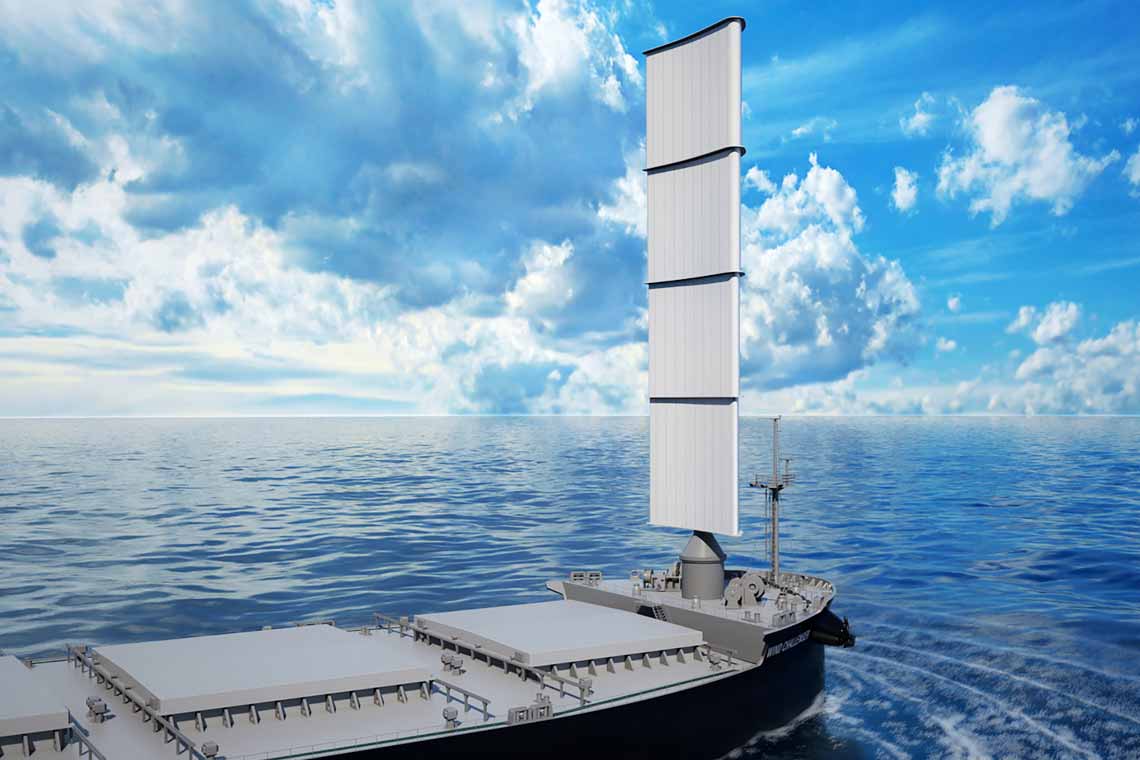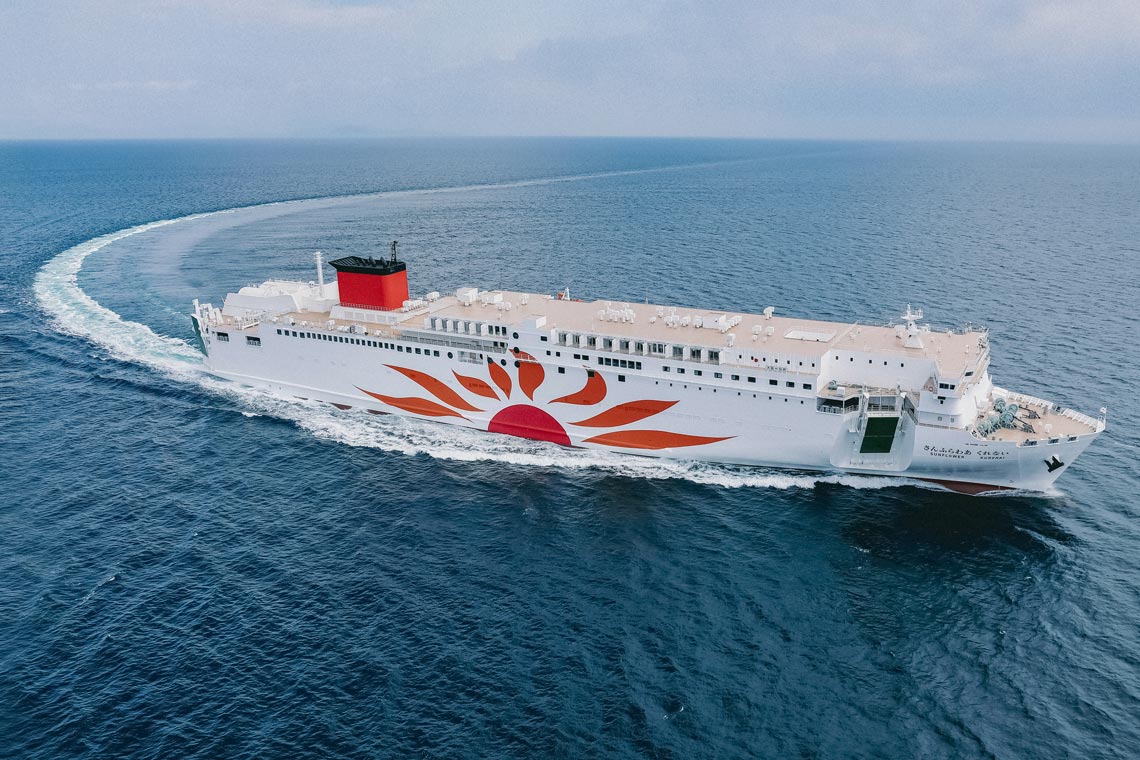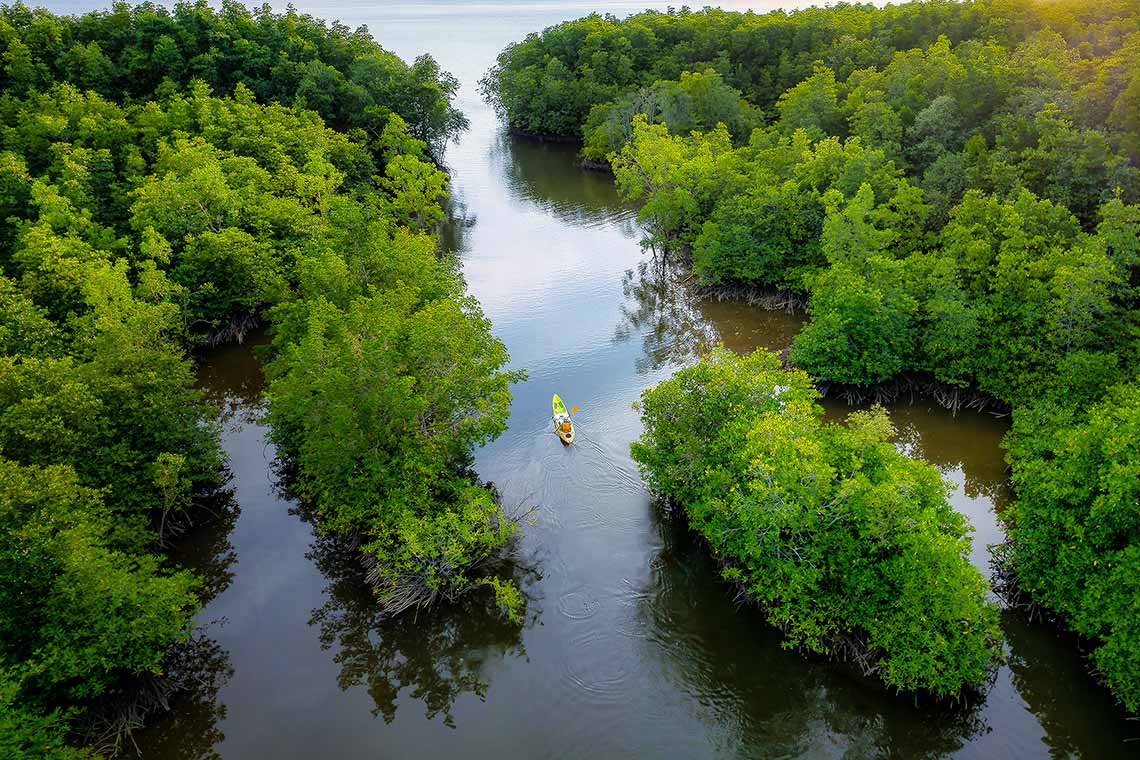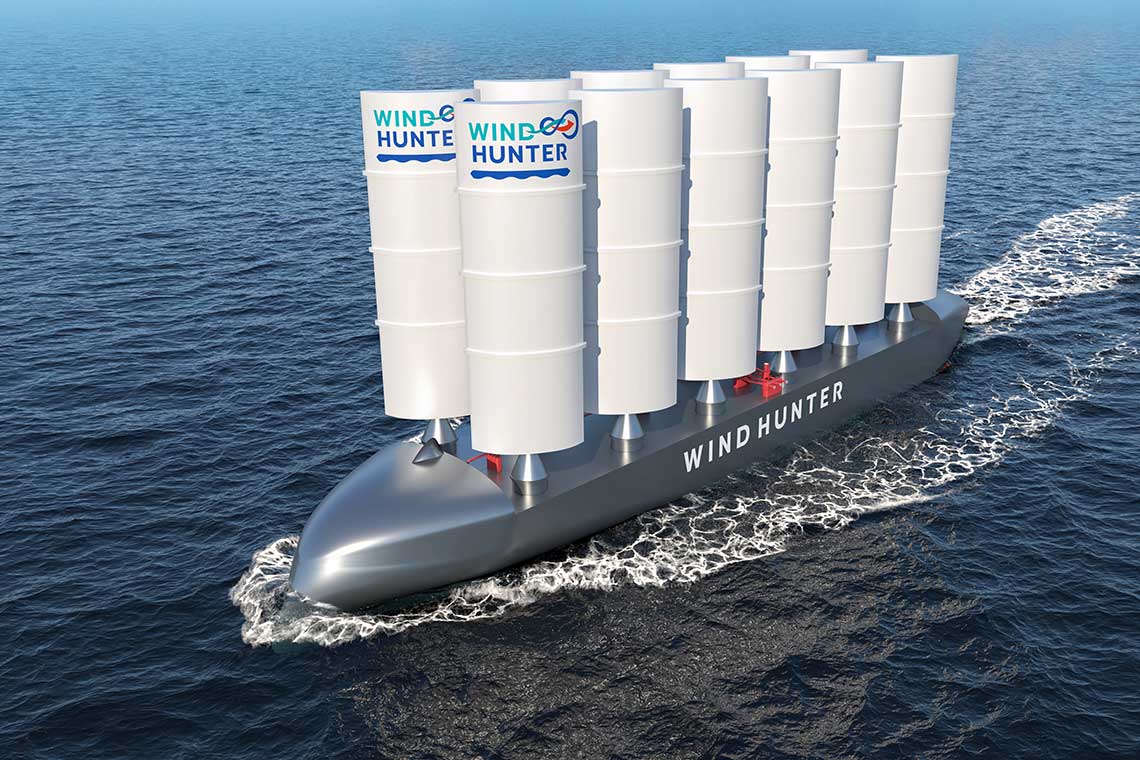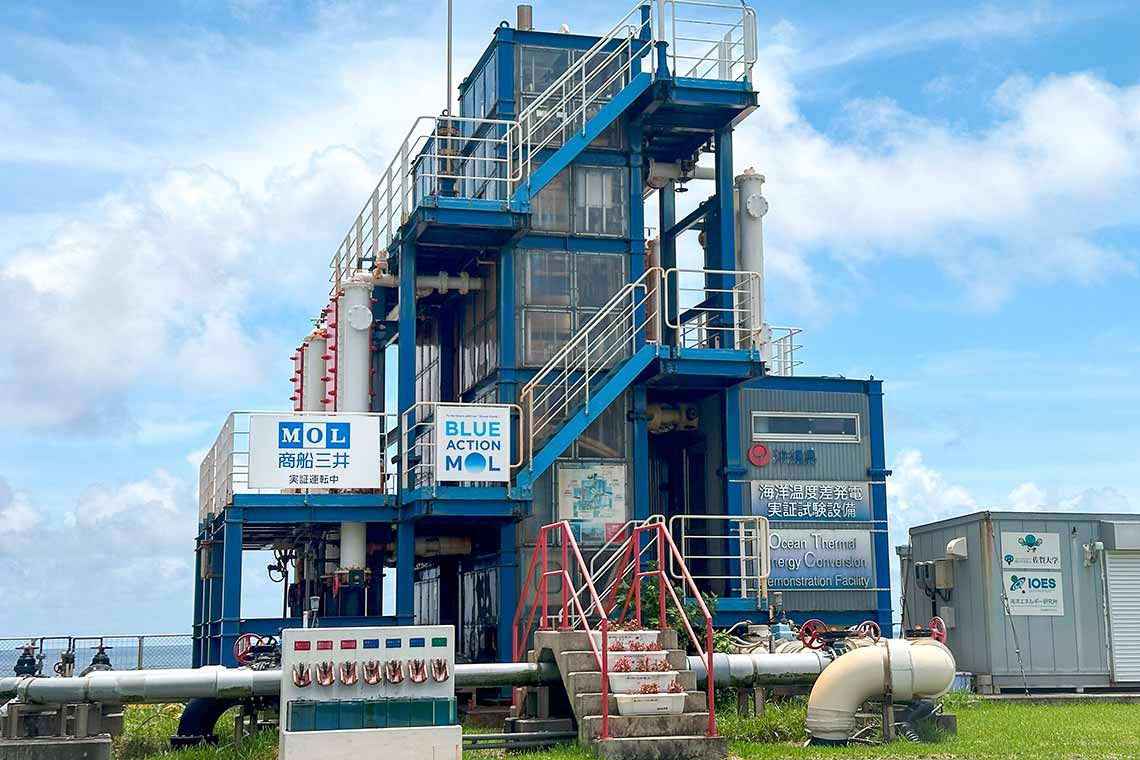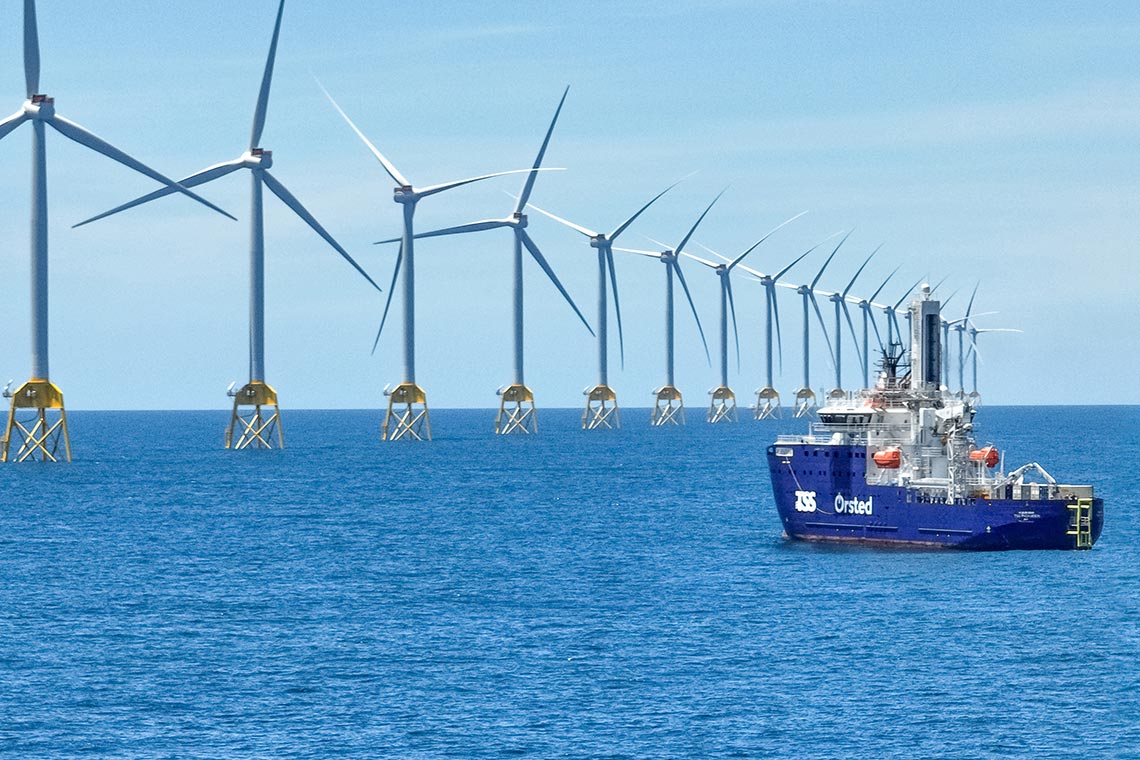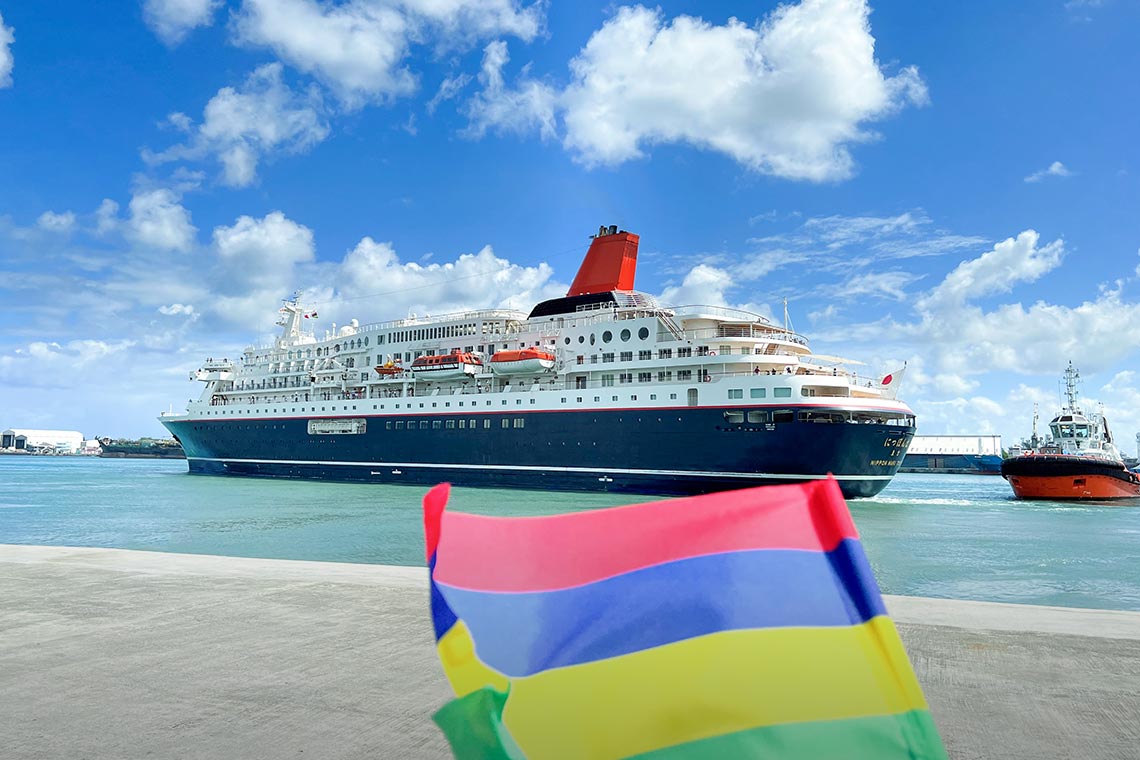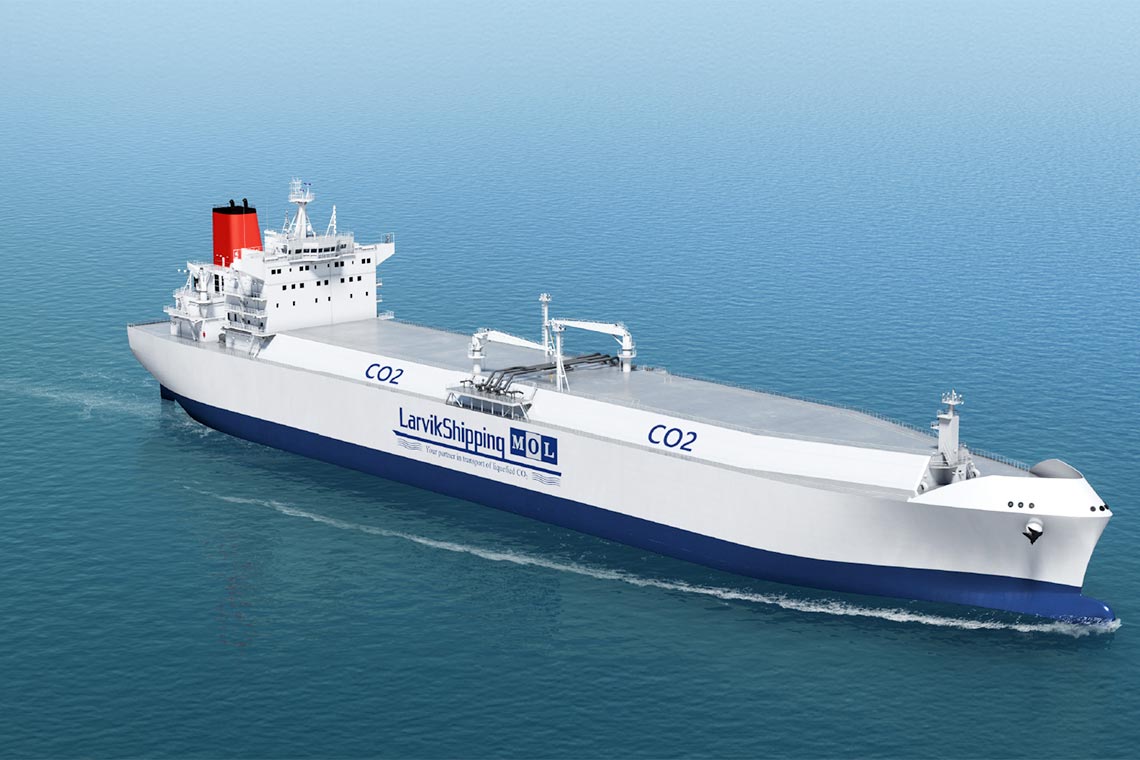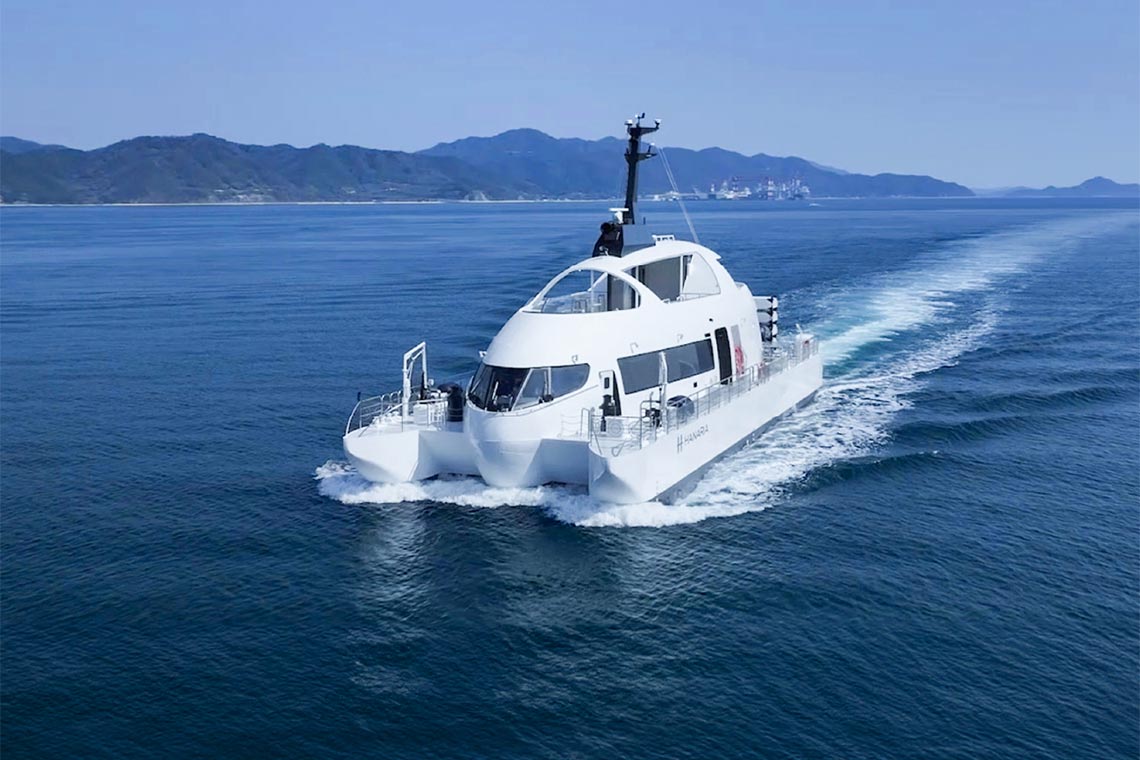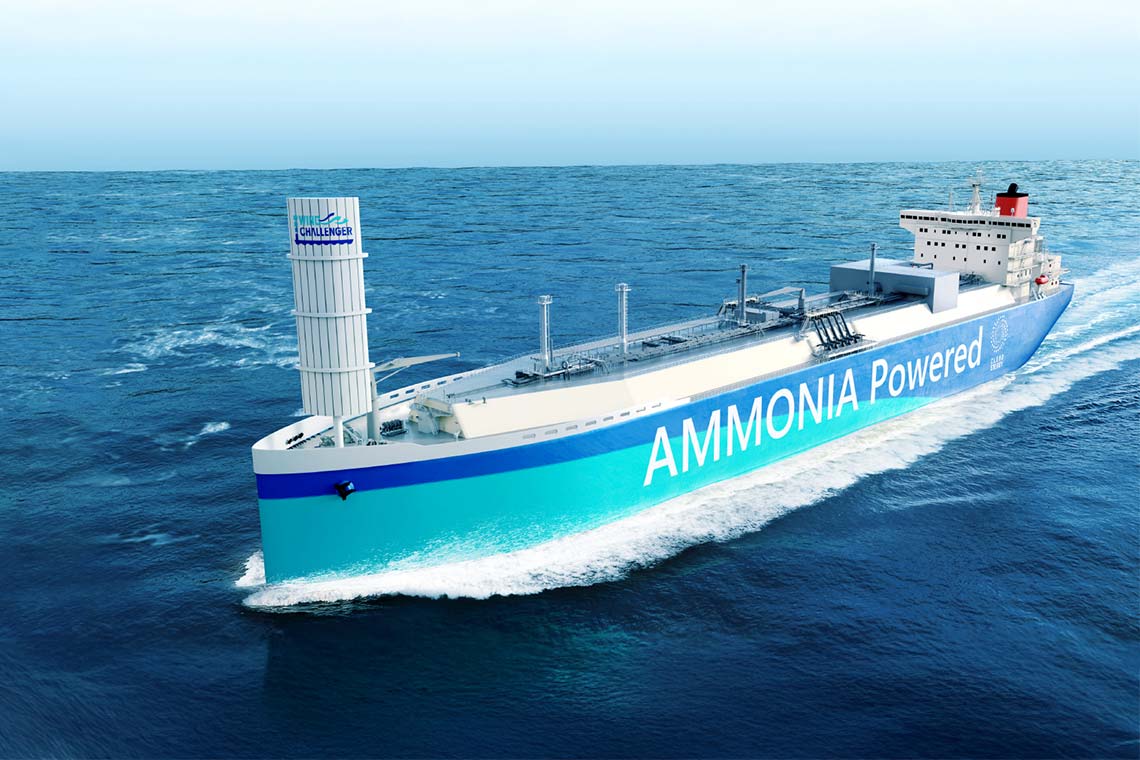
CHALLENGER
- STATEMENT
- To the future,
with our
'Ocean Planet.'
BLUE ACTION 001 WIND CHALLENGER Forward to the future, the wind at our backs.
Oct 18, 2022
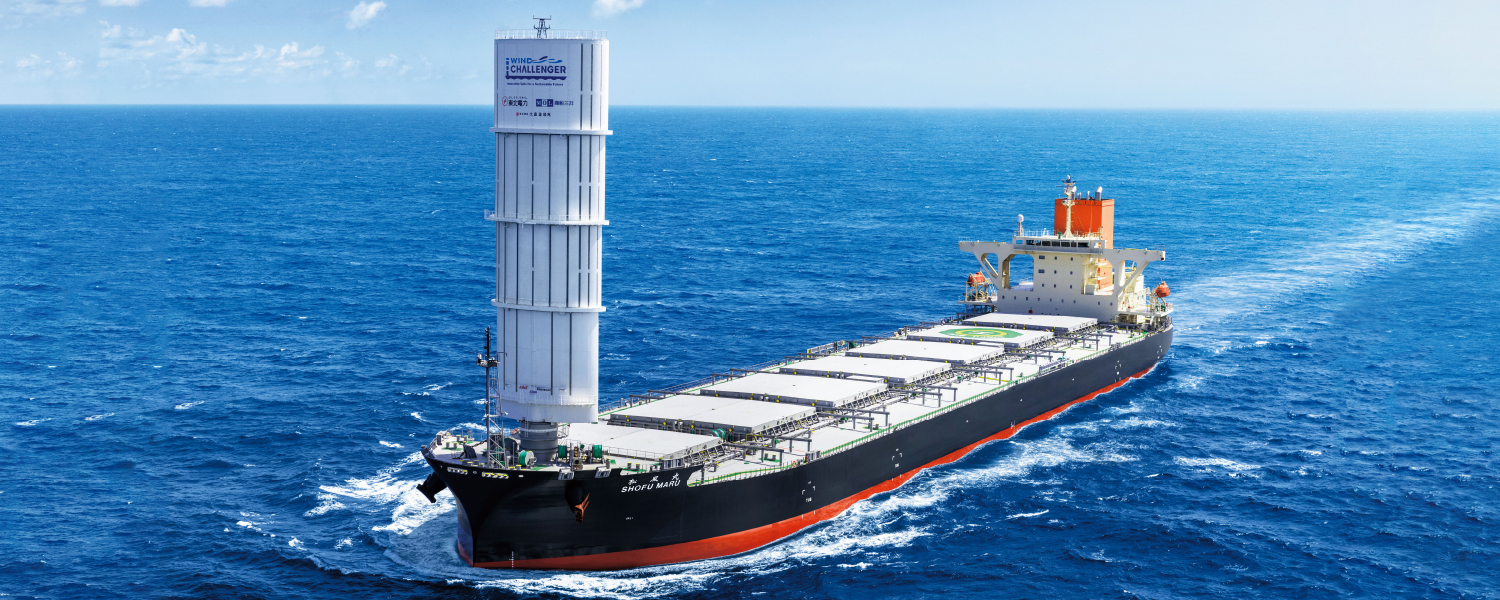



The wind is always changing. That’s why sailing ships must constantly adjust their sails in response to shifts in its direction and strength. Due to the complexities of maneuvering them and uncertainties with their schedules, sailing ships, once the mainstream of shipping, were replaced by engine-powered vessels that run on petroleum. But as the world has begun moving toward carbon neutrality, sailing ships have once again been attracting attention.
That where "Wind Challenger," an MOL Group project, comes in. By focusing on wind, the ultimate source of clean energy, we aim to modernize the sailing ship using the latest technologies. We've used glass fiber reinforced plastic in the sail to make it lightweight. Sensors in the sail detect the strength and direction of the wind, causing the sail to rotate, expand, and contract automatically in response and enabling the vessel to fully utilize the wind’s power. By adding wind as a propulsion force, fuel consumption can be reduced without changing speed. Estimates indicate a 5% reduction* on the Japan-Australia route and an 8% reduction* on the Japan-North America West Coast route can be achieved.
Construction of the Shofu Maru, the first cargo ship equipped with Wind Challenger technology, was completed in October 2022. She has begun her journey toward Australia. We're ready to prove that when you change your way of thinking, even a headwind can be a tailwind. MOL's spirit of challenge will change the world from its oceans.
* When one sail is mounted on a 100,000-ton bulk carrier

The wind is always changing. That’s why sailing ships must constantly adjust their sails in response to shifts in its direction and strength. Due to the complexities of maneuvering them and uncertainties with their schedules, sailing ships, once the mainstream of shipping, were replaced by engine-powered vessels that run on petroleum. But as the world has begun moving toward carbon neutrality, sailing ships have once again been attracting attention.


That where "Wind Challenger," an MOL Group project, comes in. By focusing on wind, the ultimate source of clean energy, we aim to modernize the sailing ship using the latest technologies. We've used glass fiber reinforced plastic in the sail to make it lightweight. Sensors in the sail detect the strength and direction of the wind, causing the sail to rotate, expand, and contract automatically in response and enabling the vessel to fully utilize the wind’s power. By adding wind as a propulsion force, fuel consumption can be reduced without changing speed. Estimates indicate a 5% reduction* on the Japan-Australia route and an 8% reduction* on the Japan-North America West Coast route can be achieved.

Construction of the Shofu Maru, the first cargo ship equipped with Wind Challenger technology, was completed in October 2022. She has begun her journey toward Australia. We're ready to prove that when you change your way of thinking, even a headwind can be a tailwind. MOL's spirit of challenge will change the world from its oceans.
* When one sail is mounted on a 100,000-ton bulk carrier

